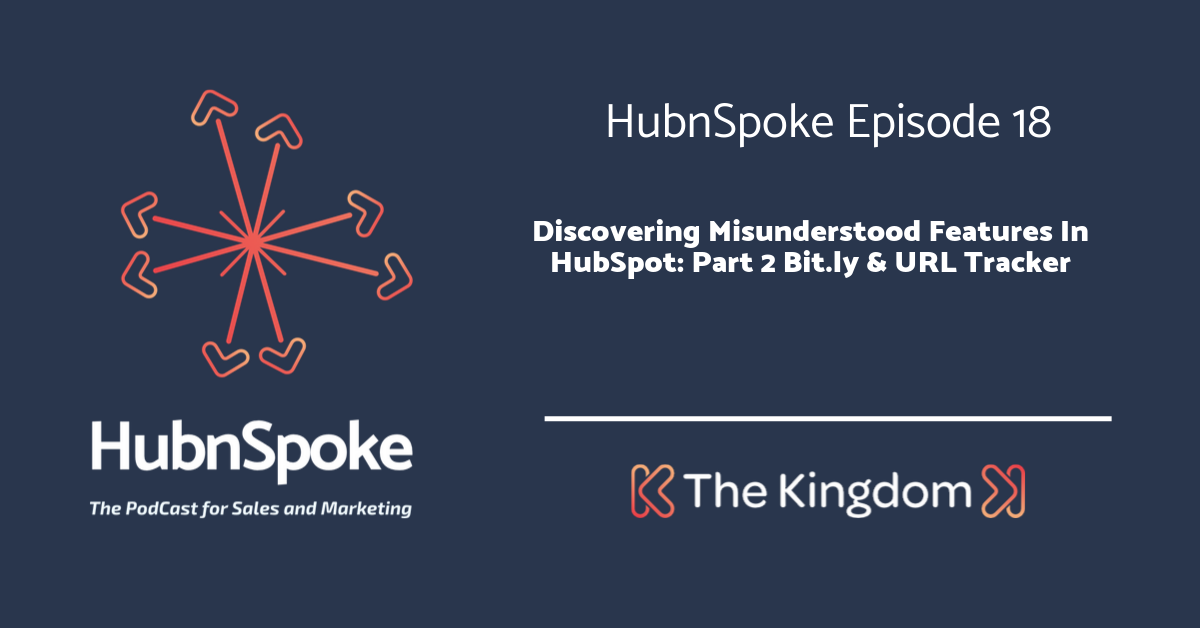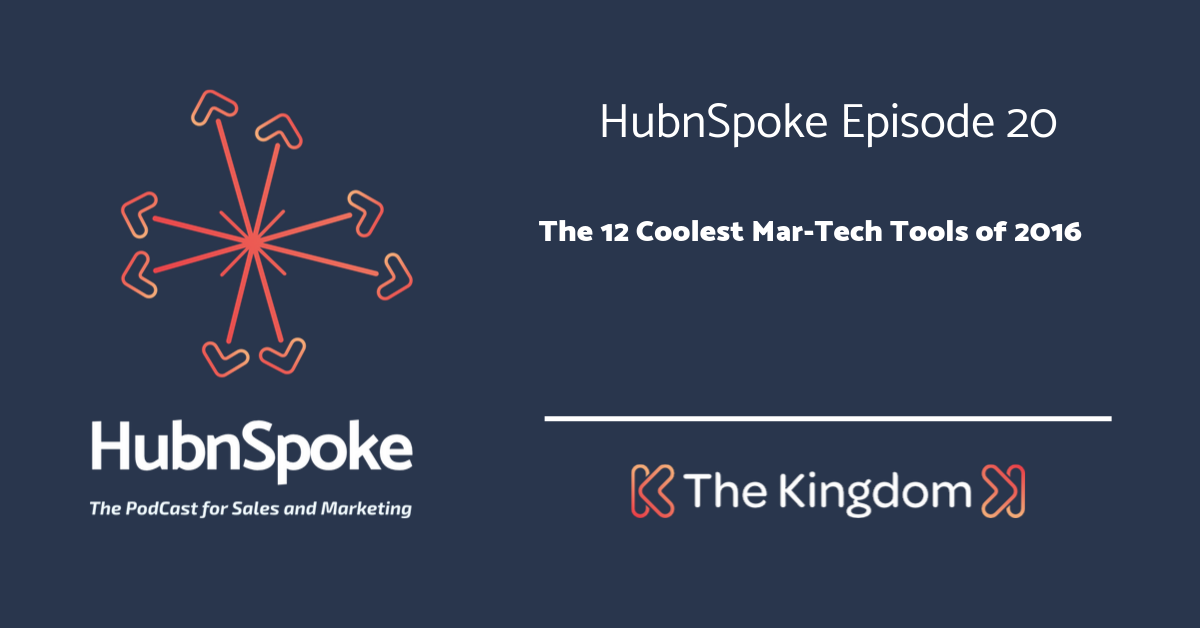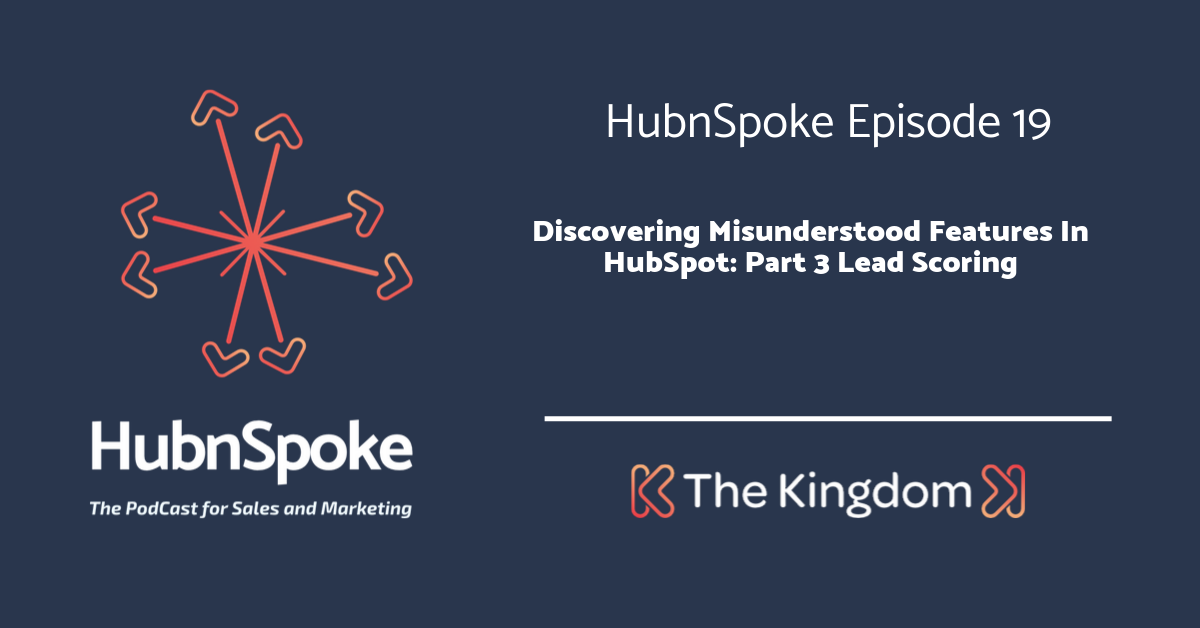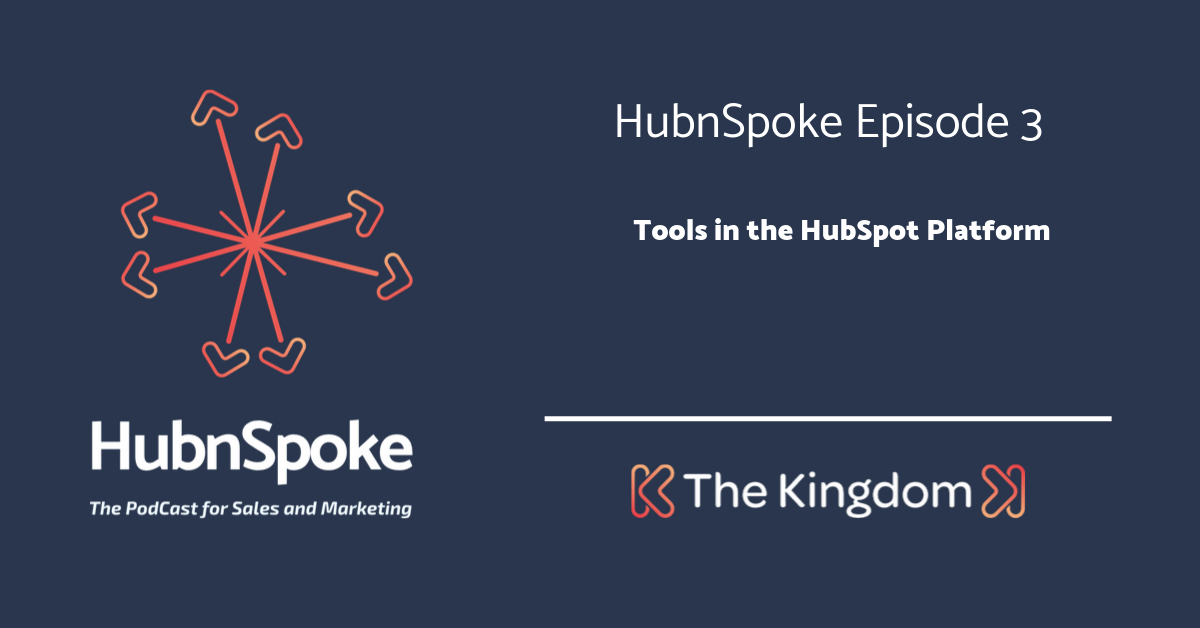The HubnSpoke team of Adam Steinhardt and Zaahn Johnson return to continue their mission in this edition, to drill down deep into the features of HubSpot and begin to address some of those under-utilised and misunderstood aspects of HubSpot, a powerful cloud-based sales and marketing platform.
HubSpot’s diverse set of software tools can mean that even the most experienced HubSpotter can at times feel overwhelmed. Recent tools revealed as part of Inbound 2016 have added even more power across the sales, marketing and CRM tools, allowing you to maximise the effectiveness of inbound methodology in new and dynamic ways.
Social media expert, Zaahn Johnson takes the lead this week, with an in-depth examination of the hidden power of HubSpot integration, Bit.ly:
Understanding Bit.ly

Bit.ly was first established in 2008 as a tool with a very practical purpose - to shorten URLs for Twitter. Originally, it broke links down into 8 characters to give you more character space. That function remains a defining feature of Bit.ly but, things have now evolved beyond Twitter and the function persists as an even more valuable tool.
The Bit.ly website is free to use to a certain point, but there are paid tiers to get the most out of it. The most powerful aspect of Bit.ly is that it stores all of the links you shorten. Beyond that, you can also see the number of clicks the link has had.
How to Use Bit.ly
You can connect your individual Bit.ly account to HubSpot. If you don’t connect your account to HubSpot and your links get shortened they become Hubs.ly links. Bit.ly has allowed businesses to purchase their own domain for their platform, though before you go and purchase your own personalised links, you’ll want to do your research on what the competitive advantage you can gain from it will be.
One thing to consider is whether using a Hubs.ly link is going to reveal to your competitors that you are using the HubSpot platform, potentially giving away a serious competitive advantage you have in the market. With Bit.ly, you can utilise the same functionality, while remaining ambiguous when you post - it won't be a feature for everyone.
Bit.ly is best utilised as a URL Tracking tool and is most relevant when you're implementing Facebook paid advertising, an email campaign or third-party promotion like a website banner on an external site - anything where you're giving someone a link back to your website.
You can then track your Bit.ly links in your Sources and Campaign tools from the HubSpot dashboard. Best practice, especially for a paid advertising campaign, would be to ensure every external link you create has it's own link your can track. Especially for global campaigns if you want to really dial in on the ROI for each region, these links are utterly brilliant.
Dear HubSpot, We Have Some Questions...
Social media expert, Zaahn Johnson is a keen user of the HubSpot app, but hasn't upgraded to the latest version. Why?
Because we can no longer see our Sources reports using it. Not only that, it appears that you can't post to social media via the new app either.
HubSpot has said that they will be phasing out the old app platform, but we can't have these features disappear! Please HubSpot, get the widget in there!
Meanwhile, CEO Adam Steinhardt also has a bone to pick with the new Social Reports dashboard. Pretty colours and a functional layout are great but they’ve taken away the Volume Report. The value of the social volume is that we know which messages get traction across platforms, and we know that the more you post, the more clicks you get. So we're always trying to build on the number of posts we're making each month, but not having a measure ruins the understanding of your velocity.
Did 1000 clicks come from 10,000 messages? How can we tell now? Please HubSpot, we'd like it back!
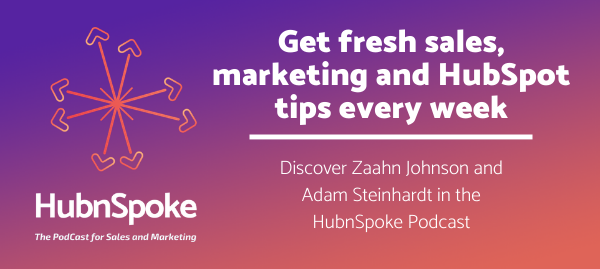
Want to learn even more about how to maximise your HubSpot experience? Discover more here.
